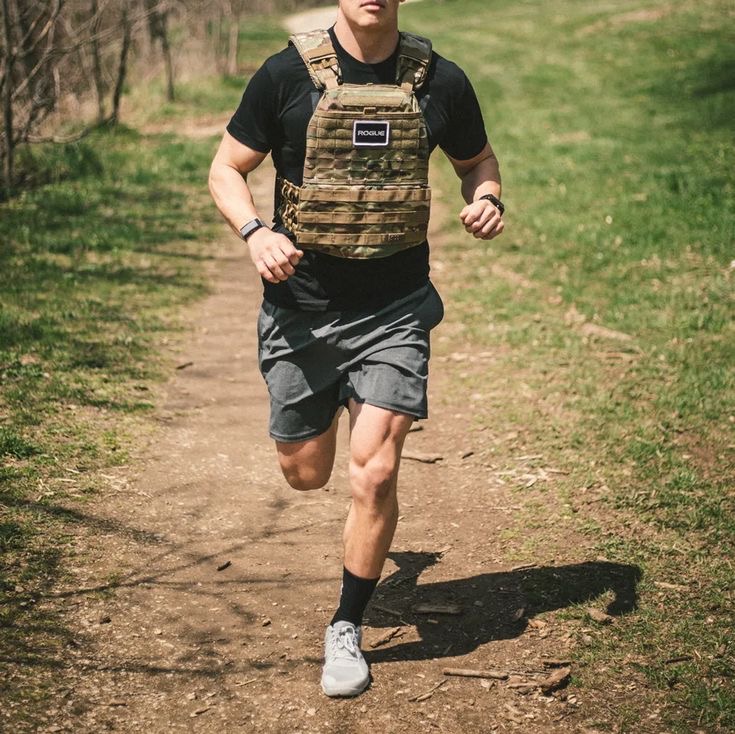Is Neck Harness Really Worth It? My Honest Take

Neck training is often overlooked in fitness routines, yet it’s crucial for overall strength and injury prevention, especially in contact sports like rugby, football and combat sports. It was famously performed by legend Mike tyson.
A neck harness can help you achieve a stronger, more resilient neck. This article will dive into the benefits, exercises, and the science behind neck training using a neck harness.
What is a Neck Harness?
A neck harness is a simple yet effective tool designed to strengthen the muscles in your neck. It typically consists of a padded strap that fits around your head and is attached to weights via a chain or strap. This setup allows you to perform various exercises that target your neck muscles, improving both strength and stability.
Why Use a Neck Harness?
1. Injury Prevention:
Strengthening your neck muscles can significantly reduce the risk of injuries, particularly in contact sports. A strong neck can absorb and distribute the forces better during impacts, protecting you from concussions and neck strains.
2. Improved Athletic Performance:
A strong neck enhances your overall body stability, which is crucial in sports like wrestling, boxing, and rugby. It also helps in maintaining proper posture, which can improve your performance in various exercises and daily activities.
3. Aesthetic Benefits:
Let’s be honest, a well-defined neck can add to your overall physique, giving you a more balanced and muscular appearance. Plus, it’s a great conversation starter at the gym!
Effective Neck Harness Workouts
1. Neck Flexion:

- Sit on a bench with the harness on your head.
- Attach a weight to the harness.
- Slowly nod your head forward, bringing your chin to your chest.
- Return to the starting position.
- Repeat for 3 sets of 15 reps.
2. Neck Extension:

- Lie face down on a bench with the harness on.
- Let your head hang off the edge.
- Lift your head up until your neck is in line with your back.
- Lower it back down slowly.
- Perform 3 sets of 15 reps.
3. Lateral Neck Flexion:

- Sit on a bench with the harness on.
- Attach a weight.
- Tilt your head towards your shoulder.
- Return to the center.
- Repeat on the other side.
- Aim for 3 sets of 15 reps on each side.
These exercises might look funny, but hey, who cares if you’re getting a beastly neck, right?
Science Behind Neck Training
A study published on the National Library of Medicine website highlights the importance of neck training. The research, focused on rugby players, revealed that tailored neck muscle conditioning programs significantly improved neck muscle strength and reduced fatigue. Strong neck muscles can help distribute the forces during impacts, thereby reducing the risk of catastrophic injuries.
Tips for Using a Neck Harness
1. Start Light:
Don’t go overboard with the weights initially. Start with a lighter weight to get used to the movements and avoid straining your neck.
2. Maintain Proper Form:
Always focus on your form. Jerky movements can lead to injuries. Perform the exercises slowly and in a controlled manner.
3. Consistency is Key:
Like any other muscle group, consistency is crucial. Incorporate neck training into your regular workout routine for the best results.
4. Warm-Up:
Don’t forget to warm up your neck before starting the exercises. Gentle neck stretches can help prepare your muscles for the workout.
5. Listen to Your Body:
If you feel any discomfort or pain, stop immediately. It’s better to take a break than to risk an injury.
My Personal Take on Neck harness
According to me, neck training might not be the most glamorous part of your workout routine, but it’s undeniably important. The tips I’ve mentioned should not be ignored. Sooner or later, you’re going to realize this. Warming up, starting light with proper form, and listening to your body are crucial. You can easily injure your neck if you miss these steps.
So, next time you hit the gym, don’t go Mike Tyson on your first day. Remember to give your neck some love and attention. It’s just as important as training any other part of your body.

After all, a strong neck is a happy neck!
Also Check my article on Fat Grips.







One Comment